The Three Graces of Alfa Romeo - proof that a car can be a work of art after all

Jeremy Clarkson said this about the Alfa Romeo 8C Competizione in 2009:
- It's the most beautiful car ever made.
The Italian coupé debuted at the Frankfurt Motor Show in 2003. Under the hood, it featured a 4.2-liter, 450 hp Maserati-sourced V8 engine . At the time, it was a show car, but the reception was so enthusiastic that the decision was made in Turin to put the 8C into production. The next three years were spent fine-tuning all the details and obtaining homologation, before the production version was unveiled in 2006. Fortunately, legal and safety regulations along the way didn't spoil the charm of the Wolfgang Egger-designed prototype.
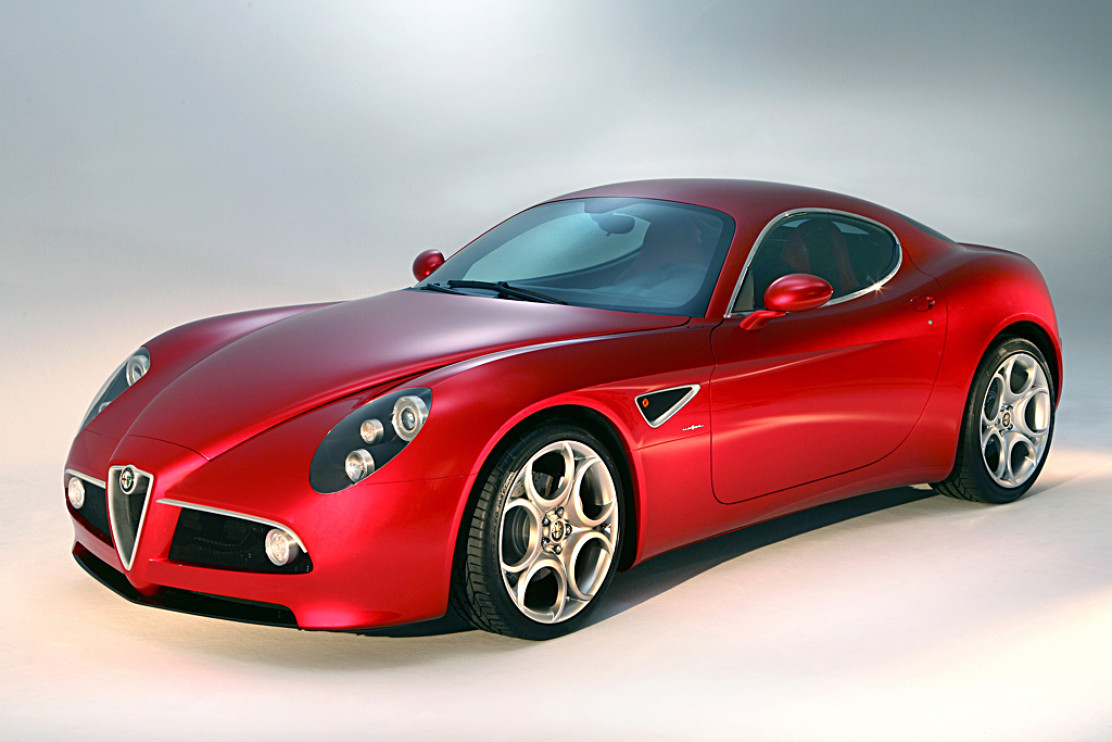 Alfa Romeo 8C Competizione / press materials
Alfa Romeo 8C Competizione / press materialsThe model's full name, 8C Competizione , stems from Alfa Romeo's storied racing history. The "8C" is a nod to the successful eight-cylinder inline racing cars of the 1930s.
"Competizione," in turn, refers to the divine 1947 berlinetta – the 6C 2500 Competizione. Only three examples of the racing coupé were produced, of which only one survives in its original form. The silhouette also reflects this unique design. Other classic Alfas inspired the headlights (33 Stradale) and the truncated rear end (Giulietta SZ Coda Tronca).
 Alfa Romeo 8C Competizione / press materials
Alfa Romeo 8C Competizione / press materialsClarkson wasn't uncritical in his review, blasting the car's handling and build quality. However, this didn't overshadow the positives, and he concluded the test with the following words:
"A curator at the Tate Gallery recently told me that a car will never become a work of art. Art can have no purpose or function other than being art itself. The 8C doesn't drive well, it's not functional, and it's not exceptionally well-made. What Alfa Romeo built isn't a car; it's a moving work of art, full of feeling."
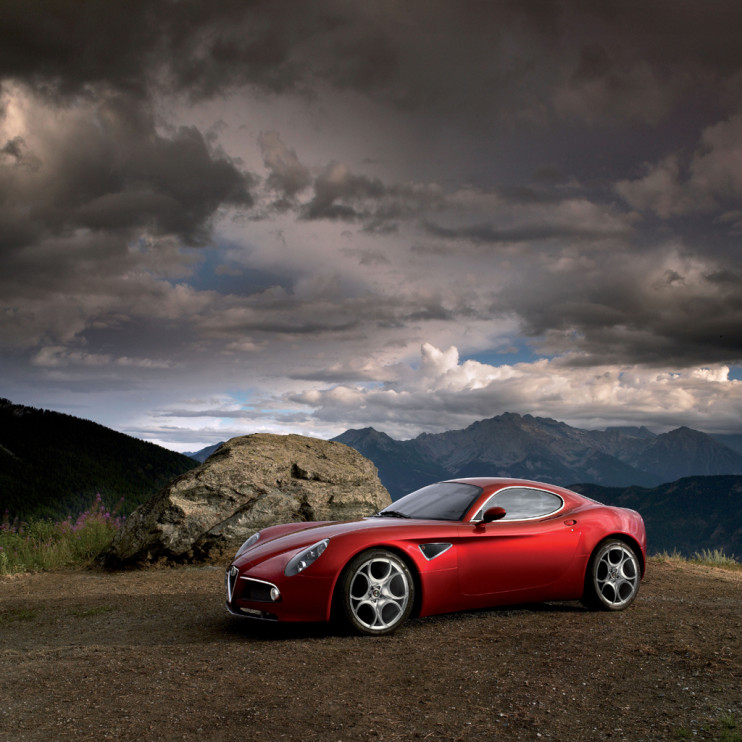 Alfa Romeo 8C Competizione / press materials
Alfa Romeo 8C Competizione / press materials In the first half of the 20th century, Italy had several coachbuilders dedicated to building special editions for the racing divisions of major manufacturers. One of these was, and still is, Carrozzeria Touring Superlaggera, located on the outskirts of Milan – the world capital of fashion and design.
The history of the workshop dates back to 1926, and the portfolio includes such beauties as the Alfa Romeo 8C 2900B Berlinetta Touring (triumph at the Concorso d'Eleganza in the Coppa d'Oro Villa d'Este 2019), the Maserati 3500 GT, and even the Aston Martin DB5.
 Alfa Romeo Touring Disco Volante / press materials
Alfa Romeo Touring Disco Volante / press materialsThe workshop collapsed in 1966, only to rise like a phoenix from the ashes exactly forty years later. The brand's original concept was also revisited: limited editions of existing cars, with a completely redesigned styling. A young Belgian, Louis de Fabribeckers, took over as head of design immediately and immediately set about redesigning a car for the brand with which the former Touring had most experience: Alfa Romeo.
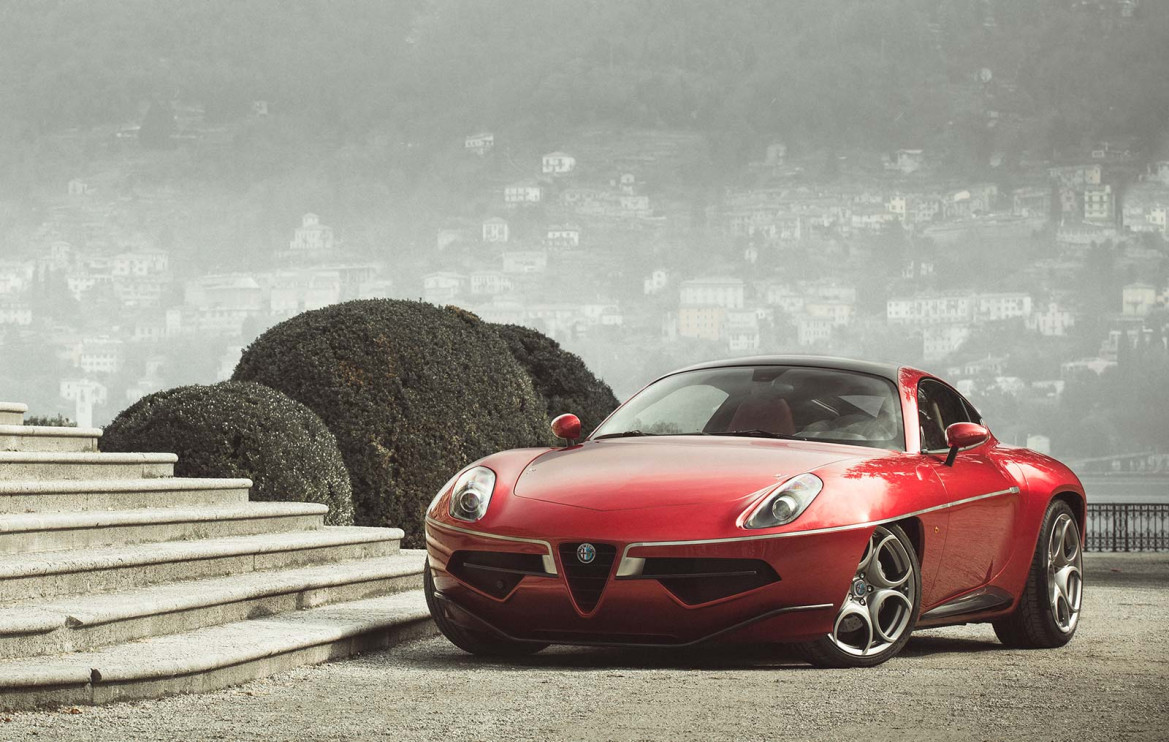 Alfa Romeo Touring Disco Volante / press materials
Alfa Romeo Touring Disco Volante / press materialsThe choice, of course, fell on the 8C Competizione, and the inspiration was one of the most recognizable Touring designs – the Alfa Romeo 1900 C52 Disco Volante.
In addition to its name, the car also inherited its stylistic concept. The front end resembles a flying saucer (Italian: disco volante), with the Alfa Romeo Scudetto emblazoned at its center. Thin chrome strips radiate symmetrically from the famous shield and curve sideways, leading the eye through the underside of the truncated wheel arch – a familiar sight from the Alfa 1900 C52 – and terminating in the discreet door handle. All lines and surfaces converge at the sharply pointed rear apron, topped by two round taillights. The carbon fiber bodywork is painted red, but to give this color a vibrant color, the base coat was applied in gold.
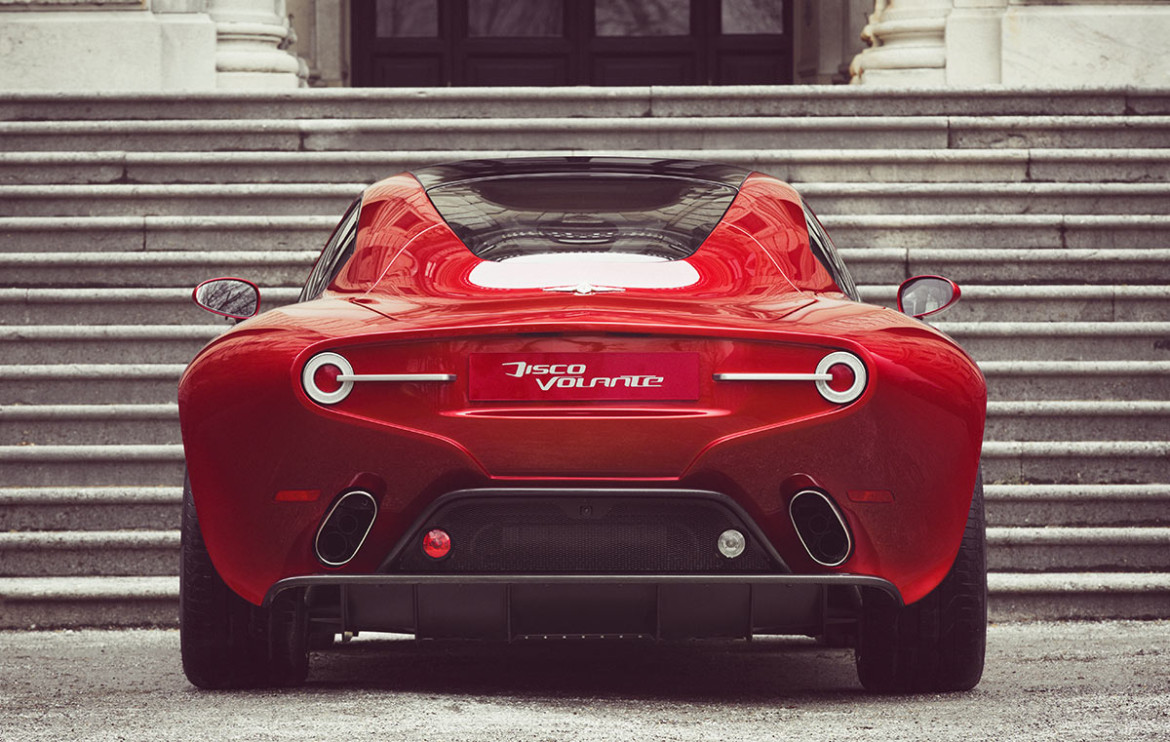 Alfa Romeo Touring Disco Volante / press materials
Alfa Romeo Touring Disco Volante / press materialsApart from the exterior and a restyled interior, little changed. The engine and design were identical to the 8C Competizione. However, the suspension was softened and every petrolhead's favorite instrument – the exhaust – was tuned. The car so captivated the aforementioned Clarkson that in a beautifully produced Top Gear piece, he summed it up with these words:
- If you're looking for a car that will make you feel special, nothing else will do it quite like the Touring Disco Volante.
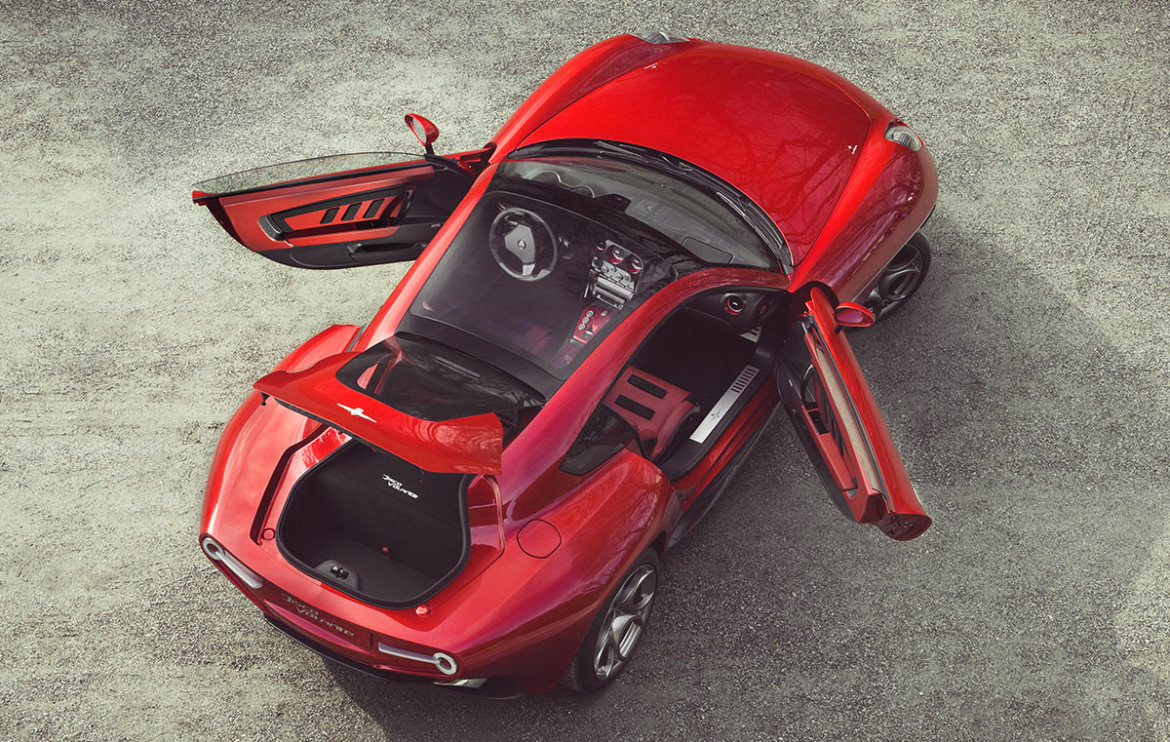 Alfa Romeo Touring Disco Volante / press materials
Alfa Romeo Touring Disco Volante / press materials Andrea Zagato, grandson of the founder of Milan's second famous body shop, had plenty to celebrate in May. In fact, two. At the Concorso D'Eleganza Villa D'Este in May 2025 , his grandfather Ugo Zagato 's Alfa Romeo P3 took home the top prize, while Andrea's new creation received the Best Prototype award.
 Alfa Romeo Euphrosyne
Alfa Romeo EuphrosyneThis unique car is, of course, based on the main character of this article and bears the beautiful name (as do all the versions described here) 8C Doppia Coda Zagato. The bodywork was custom-built for an Italian collector and attracts attention with its characteristic Zagato roof (the so-called Double Bubble) and rear end.
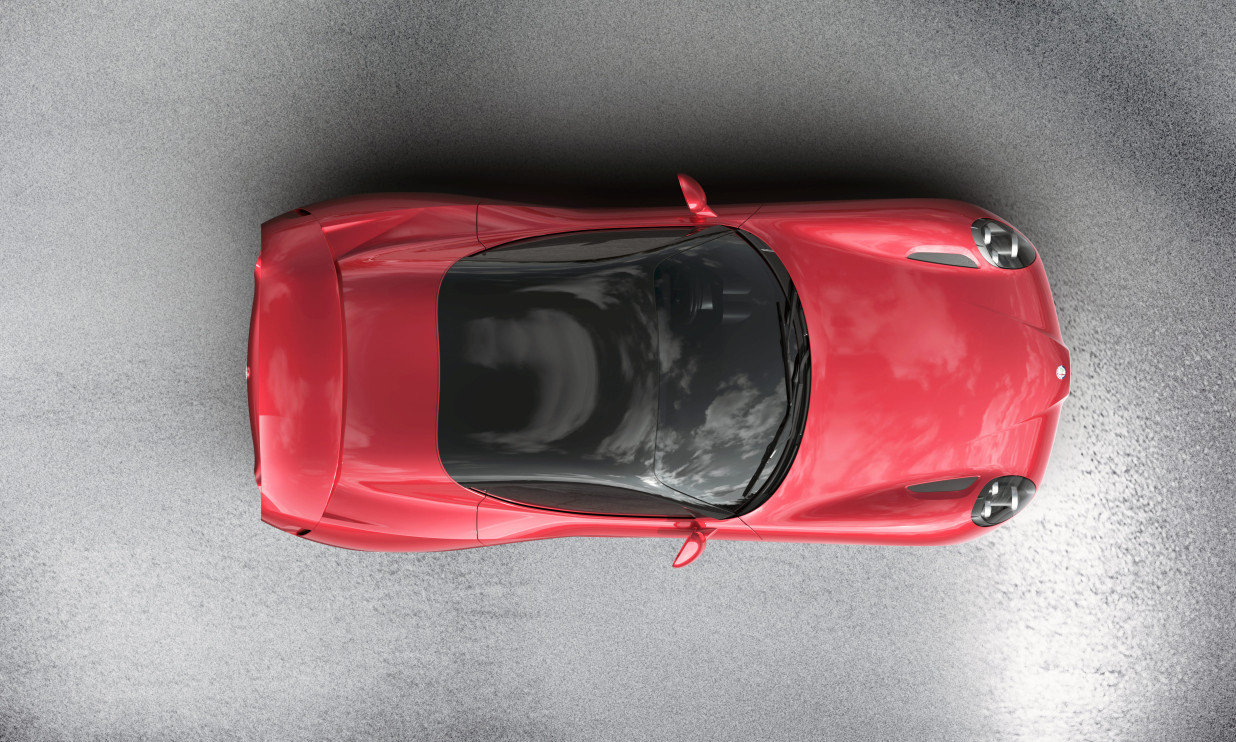 8C Doppia Coda Zagato / press materials
8C Doppia Coda Zagato / press materialsThis is a reinterpretation of the famous Kamm-tail first seen on the Alfa Romeo Giulietta SZ Coda Tronca. The entire line surrounding the rear fascia culminates in a spoiler integrated with the bodywork, or second tail – hence the final name Doppia Coda (from the Vlva language, meaning second tail).
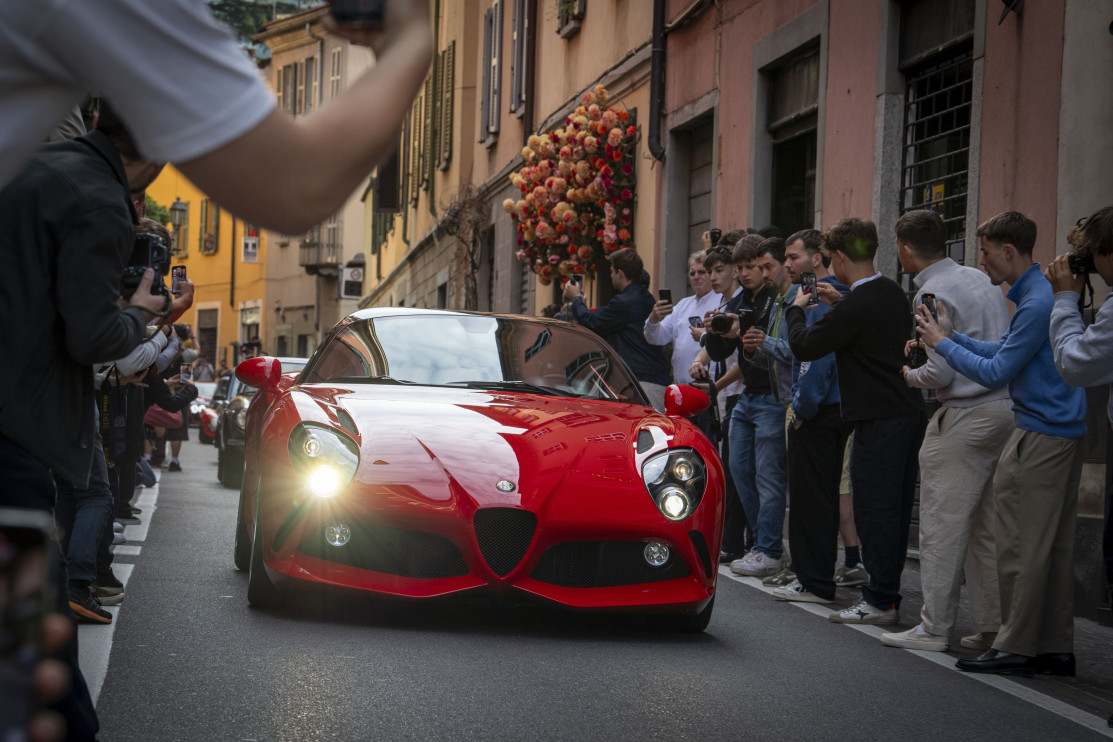 8C Doppia Coda Zagato / press materials
8C Doppia Coda Zagato / press materialsThe car is an exclusive one-off that no one but the anonymous investor's neighbors will likely see on the road. It's a shame, because it's a pleasure to experience art, even if it's rolling on the asphalt.
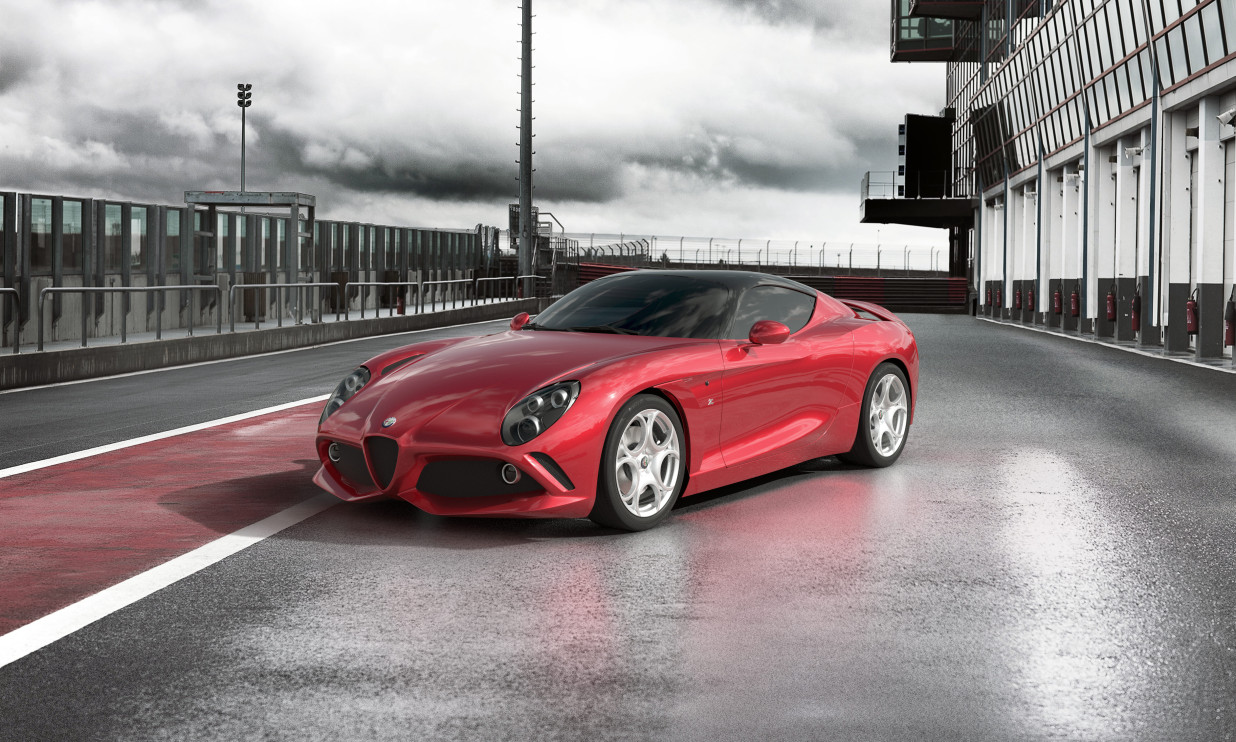 Alfa Romeo 8C Doppia Coda Zagato / press materials
Alfa Romeo 8C Doppia Coda Zagato / press materialsTrue works of art never age. The Alfa Romeo 8C and its two sisters are rolling proof of the timelessness of Italian design, artistic craftsmanship, and creative inspiration on four wheels. A thousand years from now, our descendants— homo digitalis— will be reading about them in art history textbooks in the chapter on ancient machines for the noisy transportation of homo-sapiens.

 Alfa Romeo 8C Competizione / press materials
Alfa Romeo 8C Competizione / press materials Alfa Romeo 8C Competizione / press materials
Alfa Romeo 8C Competizione / press materials Alfa Romeo 8C Competizione / press materials
Alfa Romeo 8C Competizione / press materials Alfa Romeo Touring Disco Volante / press materials
Alfa Romeo Touring Disco Volante / press materials
 Alfa Romeo Touring Disco Volante / press materials
Alfa Romeo Touring Disco Volante / press materials Alfa Romeo Touring Disco Volante / press materials
Alfa Romeo Touring Disco Volante / press materials Alfa Romeo Touring Disco Volante / press materials
Alfa Romeo Touring Disco Volante / press materials Alfa Romeo Euphrosyne
Alfa Romeo Euphrosyne 8C Doppia Coda Zagato / press materials
8C Doppia Coda Zagato / press materials 8C Doppia Coda Zagato / press materials
8C Doppia Coda Zagato / press materials Alfa Romeo 8C Doppia Coda Zagato / press materials
Alfa Romeo 8C Doppia Coda Zagato / press materials



